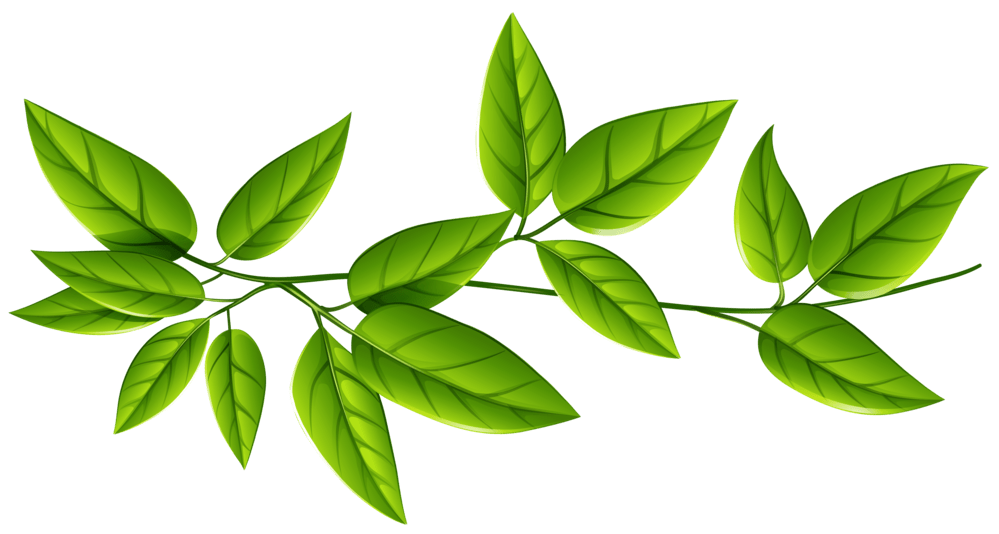Thyme
Thymus vulgaris L. – Lamiaceae

T. vulgaris L. or thyme, commonly known as “garden thyme” is an aromatic and perennial flowering plant belonging to the family Lamiaceae. Native to southern Europe, T. vulgaris L. is widely distributed throughout the world. The plant grows well in arid climates and unshaded areas on coarse and well-drained soil that is essentially unsuitable for many plants. It appears as a low and bushy plant with a few small flowers. The leaf is 4–12 mm long and up to 3 mm wide; it is sessile or has a very short petiole. The plate is tough, lanceolate to ovate, with both surfaces covered with a gray to greenish gray indumentum; the edges are distinctly rolled towards the abaxial surface. The calyx is green, often with purple spots, and is tubular; at the end there are 2 lips, the upper one of which is bent back and has 3 lobes at the end; the lower one is longer and has 2 hairy teeth. After flowering, the calyx is closed by a crown of long, stiff hairs. The corolla, about twice as long as the calyx, is usually dry, brownish, and slightly bilobed.
Thyme was considered an antiseptic, antimicrobial, astringent, anthelmintic, carminative, disinfectant, medicinal and tonic. T. vulgaris can also improve liver function and act as an appetite stimulant. It is used in the treatment of respiratory infections, such as bronchial infections, as well as in the treatment of urinary infections and Eustachian tube infections. It is also effective as a gargle, helping to treat laryngitis and sore throat.
The oil of T. vulgaris is a combination of monoterpenes and they act as antioxidant, antimicrobial, antitussive, antispasmodic and antibacterial. Thyme is also useful for skin problems such as oily skin, acne, dermatitis, various skin conditions and insect bites. In aromatherapy, different types of thyme are distinguished.

Thyme is a plant that is widely used in the pharmaceutical, food and cosmetic industries. This plant also exhibits antioxidant, anticancer, anti-inflammatory, immunomodulatory and antispasmodic properties.
Thymus vulgaris contains a high amount of flavonoids. Therefore, thyme can be considered a natural antioxidant and antibiotic that has found wide application in the manufacture of dietary supplements.
Various extracts and essential oils obtained from the plant have been evaluated and reported for the treatment of diseases such as microbial infections, inflammation, non-communicable diseases such as cancer and sexually transmitted diseases such as HIV-1 and herpes.
Thyme is particularly useful in cases of infections caused by parasites such as hookworms (an intestinal worm that can cause hookworm), ascarids (other intestinal parasites) and various types of bacteria, including gram-positive and gram-negative bacteria. In addition, it is effective against fungi and yeasts, including Candida albicans. The key active ingredient in thyme is thymol, which is responsible for many of its medicinal properties. Thymol has strong antibacterial activity, especially against enterobacteria (a group of bacteria that includes many pathogens such as Escherichia coli) and cocci (which include several types of bacteria that cause infections, such as Streptococcus and Staphylococcus).
Thyme is therefore used not only to treat bacterial and fungal infections, but also to reduce intestinal parasites, which can help relieve symptoms and treat conditions such as abdominal pain, bloating, and other digestive disorders caused by infections.
